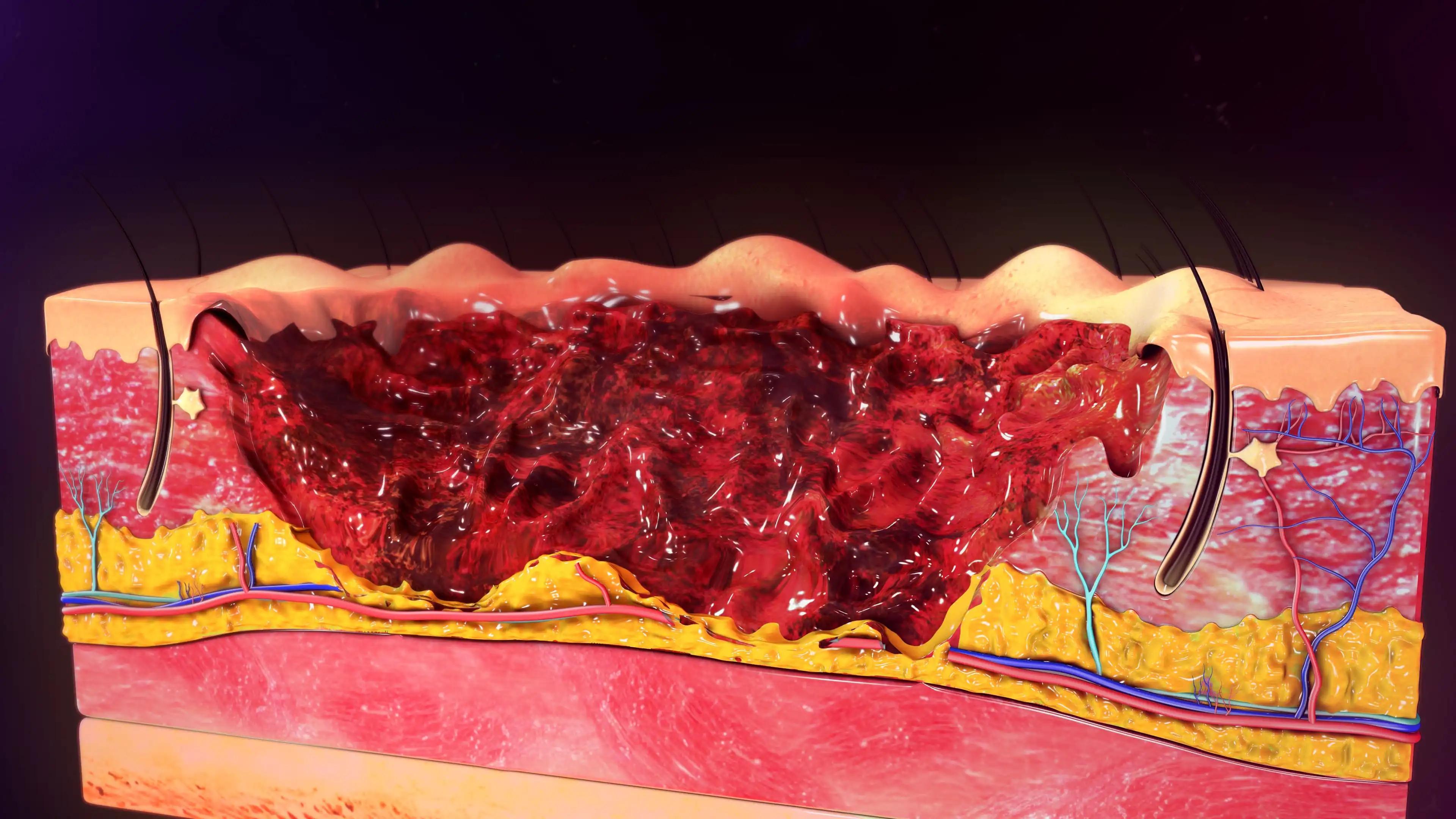KEY TAKEAWAYS
- The study aimed to identify specific features that help clinicians differentiate BSCs using non-invasive diagnostic techniques.
- The results showed that distinctive dermoscopic patterns and RCM features aid in differentiating BSCs from other NMSCs.
Basosquamous carcinoma (BSC) is a rare and aggressive nonmelanoma skin cancer that displays characteristics of both basal cell carcinoma (BCC) and squamous cell carcinoma (SCC). Histopathological examination remains the gold standard for diagnosis. BSC is challenging to diagnose and manage due to its mixed histological features and potential for aggressive behavior.
Federico Venturi and the team aimed to identify features that help clinicians differentiate BSC using non-invasive diagnostic techniques.
The study conducted a retrospective descriptive analysis of epidemiological, clinical, dermoscopic, and reflectance confocal microscopy (RCM) features of histopathologically proven BSC diagnosed between 2010 and 2023. A total of 192 cases were included.
The study population included 17 men (60.9%). At diagnosis, 95.8% of patients were aged 50 or older. BSC was found in the head and neck area in 124 cases (63.1%), with 65 cases (33.9%) occurring in the H-zone. BSC presented as a macule with undefined clinical margins in 47.4% of patients and undefined clinical margins in 43.3%.
Dermoscopic images were available for 98 cases; the most common findings were whitish structureless areas (59 [60.2%]), keratin masses (58 [59.2%]), superficial scales, and ulceration or blood crusts (49 [50%] each). Vessel pattern analysis revealed hairpin vessels (exclusively) and linear irregular vessels as the most frequent (55 [56.1%] each).
Researchers performed RCM on 21 cases and identified SCC features such as solar elastosis (19 [90.5%]), atypical honeycomb pattern (17 [89%]), and proliferation of atypical keratinocytes (16 [80%]), combined with BCC features like bright tumor islands (12 [57.8%]) and cleft-like dark spaces (11 [53.4%]).
The study represents the largest cohort of BSCs from a single institution. They found an incidence rate of 4.7%, higher than previously reported, with nearly 96% of patients aged 50 or older and a predominance of males.
Clinically, BSCs appeared as hyperkeratotic macules with undefined margins and one or more dermoscopic features of SCC, while typical BCC aspects were observed in less than 10% of cases, contrary to earlier reports. RCM revealed an atypical honeycomb pattern, proliferation of atypical keratinocytes, hyperkeratosis, and in nearly 55% of patients, bright tumor islands and cleft-like dark spaces.
The study concluded that distinctive dermoscopic patterns and RCM features aid in differentiating BSCs from other nonmelanoma skin cancers.
No funding information was available.
Source: https://pubmed.ncbi.nlm.nih.gov/39137046/
Venturi F, Erbacci V, Veronesi G, et al. (2024). “Basosquamous carcinoma: Comprehensive epidemiological, clinical, dermoscopic, and confocal features from a single center institution.” Skin Res Technol. 2024;30(8):e70012. doi:10.1111/srt.70012



